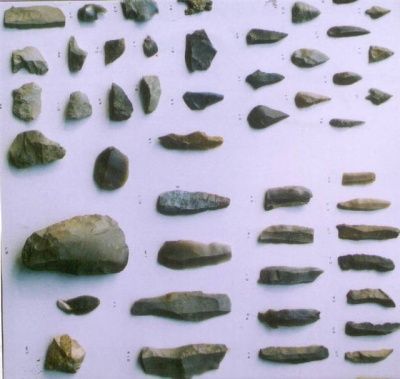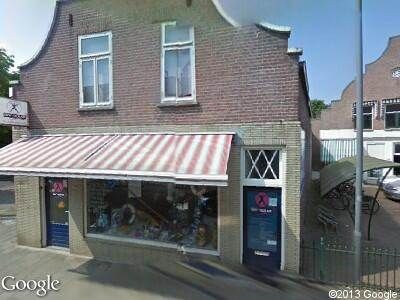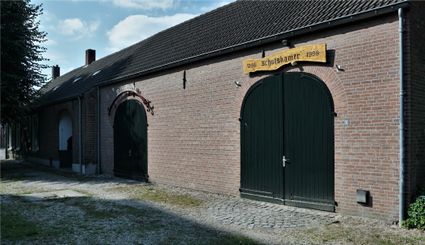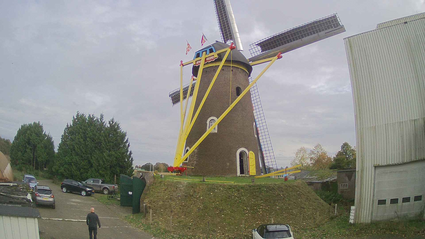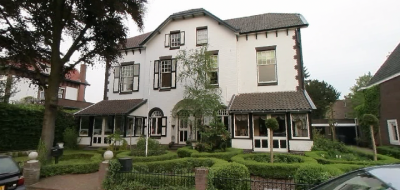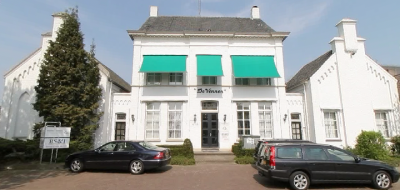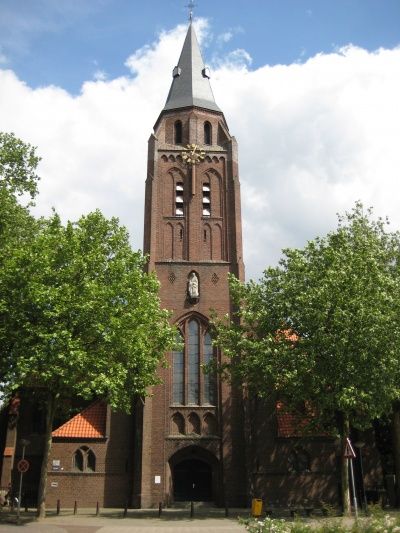Archeologisch monument Steentijd
Contents
1 Tongue Age finds at Stippelberg
1.1 Explanation of names Federmesser and Tjonger
1.2 From Tundra landscape to open forest
1.3 Hunting and fishing
1.4 Archaeological monument
1.5 Important Stone Age site
1.6 Prehistoric archaeological finds
Near this site, traces of people from prehistoric times have been found. They are called Tjonger or Federmesser people. They lived about 13,000 years ago in the Stone Age.
Explanation of names Federmesser and Tjonger
Federmesser is the German word for pocket knife. These people made tools and arrowheads very similar to a pocket knife. In the Netherlands, we also call them Tjonger people. The first finds of these people were made near the small river Tjonger in Friesland.
From Tundra landscape to open forest
The Tjonger people lived at …
Contents
1 Tongue Age finds at Stippelberg
1.1 Explanation of names Federmesser and Tjonger
1.2 From Tundra landscape to open forest
1.3 Hunting and fishing
1.4 Archaeological monument
1.5 Important Stone Age site
1.6 Prehistoric archaeological finds
Near this site, traces of people from prehistoric times have been found. They are called Tjonger or Federmesser people. They lived about 13,000 years ago in the Stone Age.
Explanation of names Federmesser and Tjonger
Federmesser is the German word for pocket knife. These people made tools and arrowheads very similar to a pocket knife. In the Netherlands, we also call them Tjonger people. The first finds of these people were made near the small river Tjonger in Friesland.
From Tundra landscape to open forest
The Tjonger people lived at the end of the last Ice Age, in a warmer period, but not as warm as today. The landscape changed from a Tundra landscape, with some vegetation here and there, to an open forest with heath and grassland.
Hunting and fishing
Thejong people lived by hunting, fishing and gathering all kinds of plant foods and small animals. They went after the animals. Remarkably, these people often returned to set up camp. Here they could probably store their camp site high and dry which was located halfway up the slope of a cover sand ridge. There was also water nearby, where there was good fishing.
National Archaeological Monument
This site has been a National Archaeological Monument since 1971. The first excavation took place in the 1950s, by Dr Bohmers of the University of Groningen. After that, the State Department investigated the area and amateur archaeologists also made many finds. Thousands of flint objects were found, such as spikes, scrapers, cutters, blades and drills that were used as personal tools.
Important Stone Age site
Today, the area is still one of the most important Stone Age sites in the Netherlands and north-western Europe. The site is 100 to 150 metres wide and as much as two kilometres long.
Infopanel near the Jungsten Age finds on the Stippelberg Oude Bakelsedijk, the former "big sand road" from Helmond, Bakel, Milheeze but also Deurne through the Peel in the direction of Venray flint finds from this area Dekzandrug in the Oude bakelsedijk where near the finds were made examples of finds from the report Tjongercultuur in De Rips by W. Heesters and A.M. Wouters, from Brabants Heem 1969 description idem left idem from aforementioned report Jung-age find map from report De rips Survey map from report W. Heesters and A.M.Wouters

